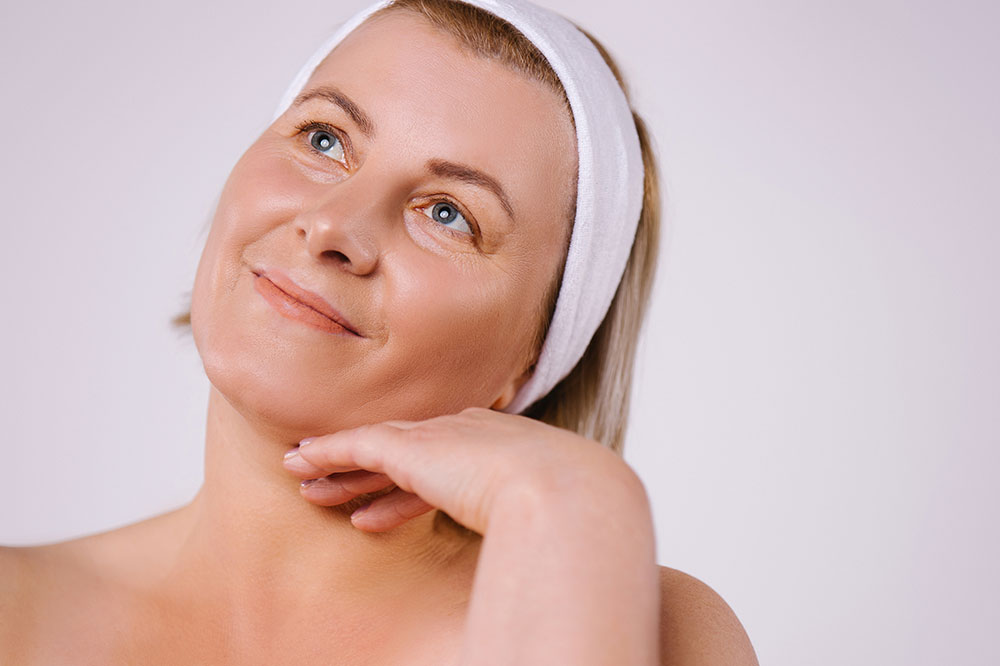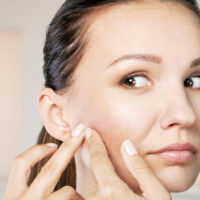Understanding skin aging

Changes in the skin are one of the biggest signs that the body is aging. But how the aging of skin takes place depends on a lot of factors such as our diet, lifestyle habits, stress levels, and the like. For example, if you smoke regularly, it can lead to the production of free radicals, which damage healthy skin cells and cause wrinkles.
So, let’s dig a little deeper into skin aging so that you can diagnose it and prevent it for as long as possible.
Stages of skin aging
As you age, you will start noticing changes in your skin. These changes take place in phases or stages. Learning about these phases can allow you to take better care of your skin and stay away from everything that can prove to be harmful to it. So, these stages of skin aging are:
- Stage I – Between 25 and 35 years
This is the time when your skin will look extremely voluminous to you. But, this is also the time when the early signs of aging will start to appear. Therefore, it is important that you follow a good skincare regime. Some wrinkles can start appearing on the forehead. Lines can also start to appear on the face when you make normal expressions such as laughing, smiling, or frowning. The skin will also start to lose its elasticity with time. - Stage II – Between 35 and 50 years
At this stage, fine lines start to appear on the forehead and on the area around the eyes. You can also start to notice nasolabial folds more prominently at this stage. Eye bags can also start to develop. Cheeks begin to lose volume and start sagging. - Stage III – Between 50 and 60 years
Wrinkles and fine lines start to appear all over the face at this age. Under-eye bags appear and the skin around the eyes becomes loose. The skin on the face starts to appear thinner and more transparent. The process of skin aging accelerates at this stage and it is very visible. - Stage IV – 70 years and above
Extremely visible wrinkles on the forehead and around the eyes are found at this stage. The skin on the upper and lower eyelids becomes loose and the signs of aging become more prominent. Sun damage on the skin is visible as well.
Diagnosis
As the signs of skin aging become visible, diagnosing the problem becomes easier. The most common signs that can help you identify aging skin include:
- Spotting
- Sagginess in the skin
- Dullness in skin tone
- Fine lines and wrinkles
- Dryness of the skin
- Skin thinning
Identifying these signs can help you and your dermatologist diagnose aging skin.
Prevention
There are certain skin changes that are inevitable, and they will come as we age. As the skin ages, it gets rougher, loses its elasticity, starts to appear transparent, becomes fragile, and can even get easily bruised.
There are various ways that can help you reduce the aging of the skin. These include the following:
- Use sun protection whenever you step out in the sun
- Keep your skin moisturized at all times
- Keep your skin and body hydrated by drinking at least eight glasses of water daily
- Eat food rich in vitamins
- Avoid smoking and alcohol consumption








